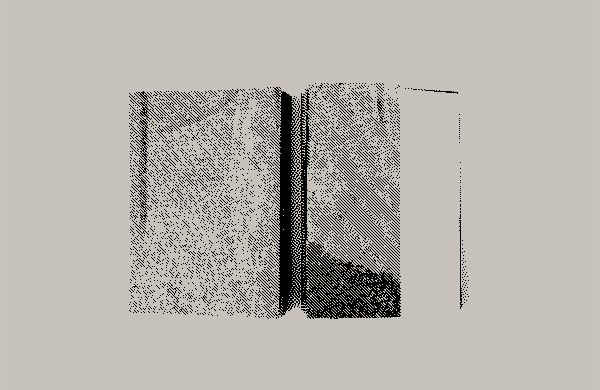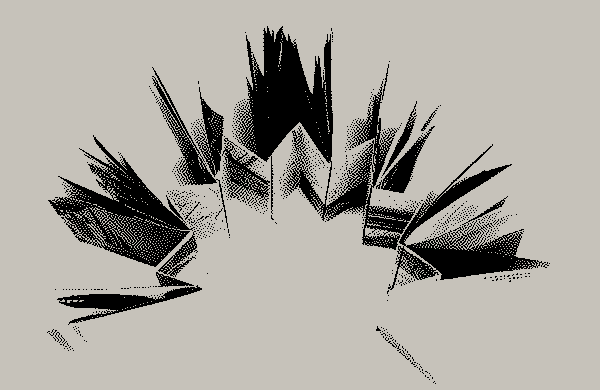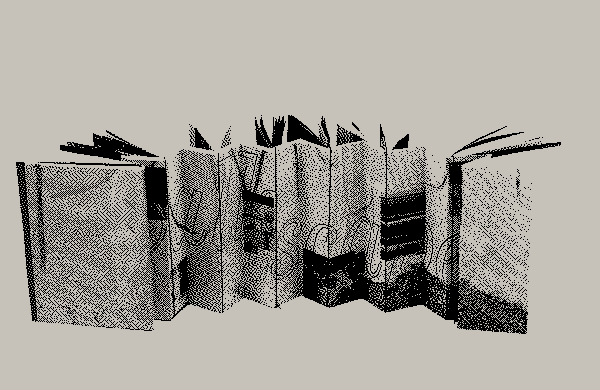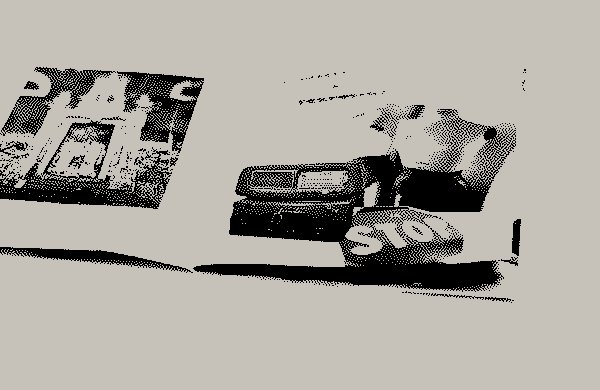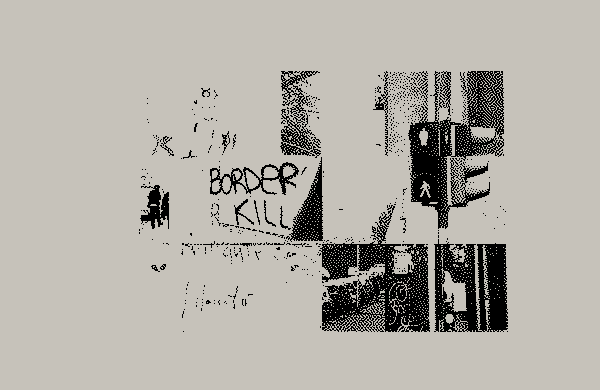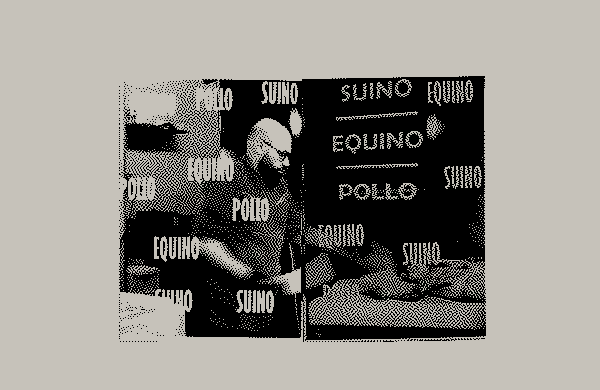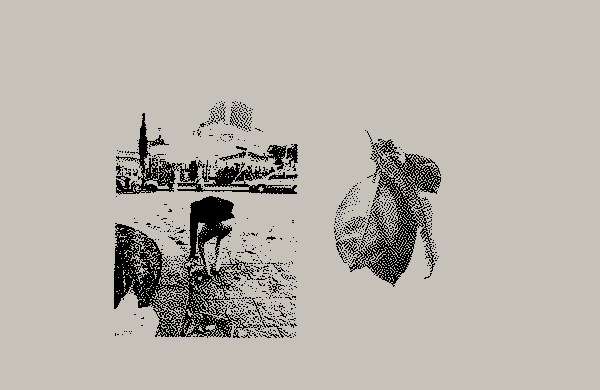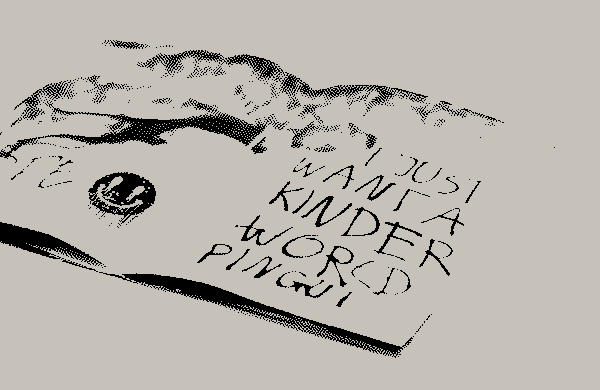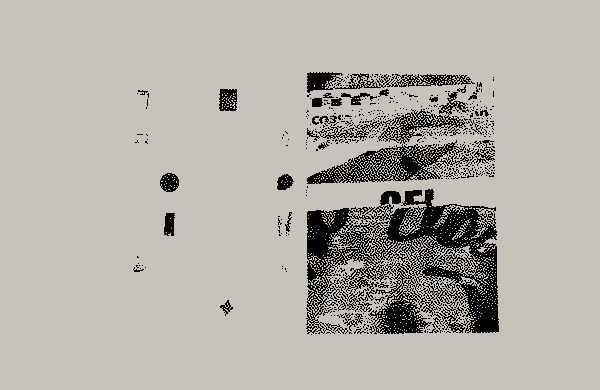Walkscapes
An exercise on observation and attention
Description
The jury:
"Il progetto, frutto di un lavoro collettivo, restituisce originalità all’oggetto libro e, seppur realizzato a più mani, si presenta, invece, come un lavoro coerente e compiuto in sé. Il settore dell’editoria, infatti, risulta spesso carente o nell’originalità della proposta o nella relazione tra forma (testuale, di formato e cartotecnica). Viceversa il progetto proposto restituisce in chiave originale e innovativa, un tema di per sé scivoloso nel suo essere inflazionato nella trattazione in diversi ambiti (scientifico, divulgativo, didattico, economico, etc). Il progetto invece si pone come sintesi di paesaggi visivi sul tema affrontato, questo con padronanza e originalità. "
This is an experiment about the observation and visual translation of the city. It invites us to use the editorial artefact to explore our imagery and the dialogic power of graphic design; starting from urban findings to generate a reflection on contemporaneity.
Design in a hostile world – Making ecology through graphic design. Every generation feels certain collective issues and problems as its own, perceiving itself as a possible driving force for change. However, we have to say that there are no priority topics when everything is urgent; everything, especially in our generation is seen as imminently catastrophic or at least necessary. Inexorably, the clock is ticking and every event seems to refer to an uncertain future. In precarious equilibrium we try to stay on course, to find solutions, and punctually find ourselves wondering where we stand. We are running out of time and this implies keeping our attention high if we want to maintain a serious debate around the issues we consider urgent.
Graphic design is not innocent One only has to observe their layering on walls, street litter, stickers, signs, posters to understand who we are, where we are going, what our concerns are as species. Graphic objects scattered all over the territory reconstruct a cartography of the contemporary. Graphic artefacts have an influence on taste, consumption and in general on the collective and the imaginary of a society. And they in turn are profoundly influenced by graphics artefacts. One only has to observe their layering on walls, street litter, stickers, signs, posters to understand who we are, where we are going, what our concerns are as human being. We therefore asked ourselves how graphic designers can intervene as part of an active generation and as a professional in a field that has an impact on how we see and assimilate the world. What can the book object do in an awareness-raising discourse? It urges a reflection that, on the one hand, places us as professionals attentive to the impact and consequences of our work; and on the other hand, it forces us as citizens to reflect on where we are going and what we can do to contribute to the debate, in order to raise awareness, to collect datas so that we can take serious action through educational policies that form an attentive social conscience. Everyone bears an awareness and everyone is tasked with transmitting it to others, sharing its work and simulating a reflection through his or her work. With this in mind, the graphic design becomes the mediator and bearer of a message, recovering its ethical and functional dimension not in order to communicate a product but in order to support an ideal and a problem.
Space, time sequence - The city is a pretext Catania is the context within to move. The urban landscape is made up of a multitude of relics: waste, fragments that can suggest the most disparate reflections. Walking through it, observing it and dissecting it in all possible directions. The research conducted by the students is a group work. Gathering data and ideas, the city speaks for itself. Listening what it has to say and also what each group had to say to each other, in order to design seven volumes, each one of 16 pages, where expose their own reflections on the territory in relation to the major contemporary issues. The seven volumes maintain their own autonomy of reading while being part of a collection, displayed here with a packaging consisting of a connecting cover.
